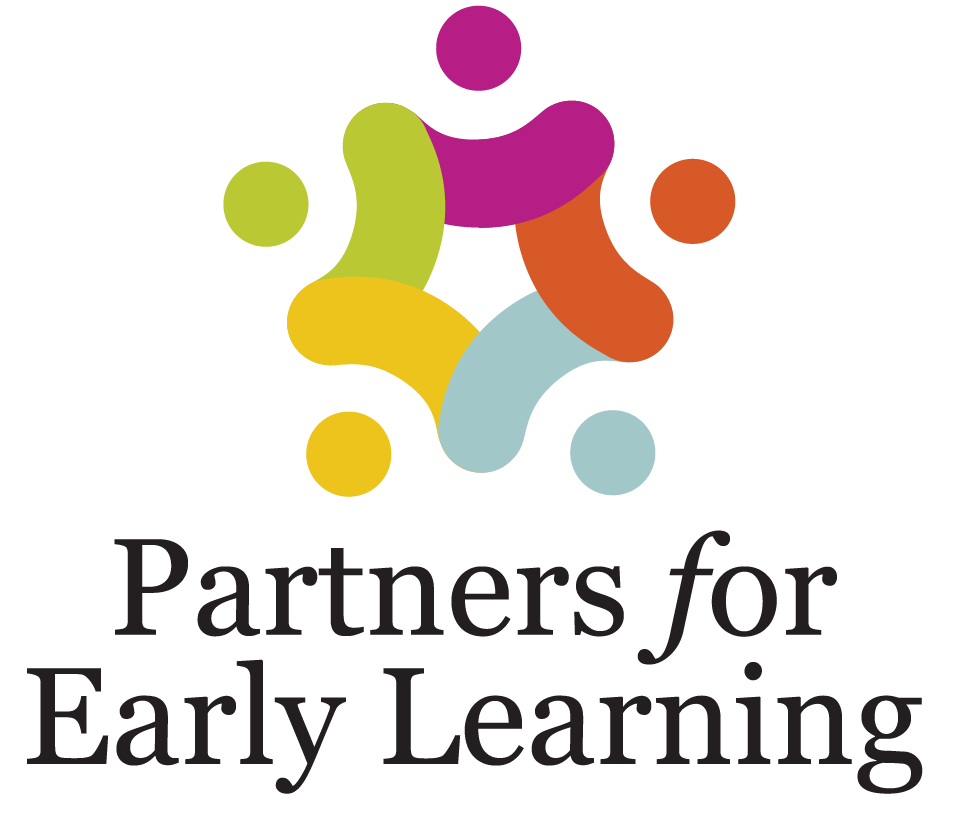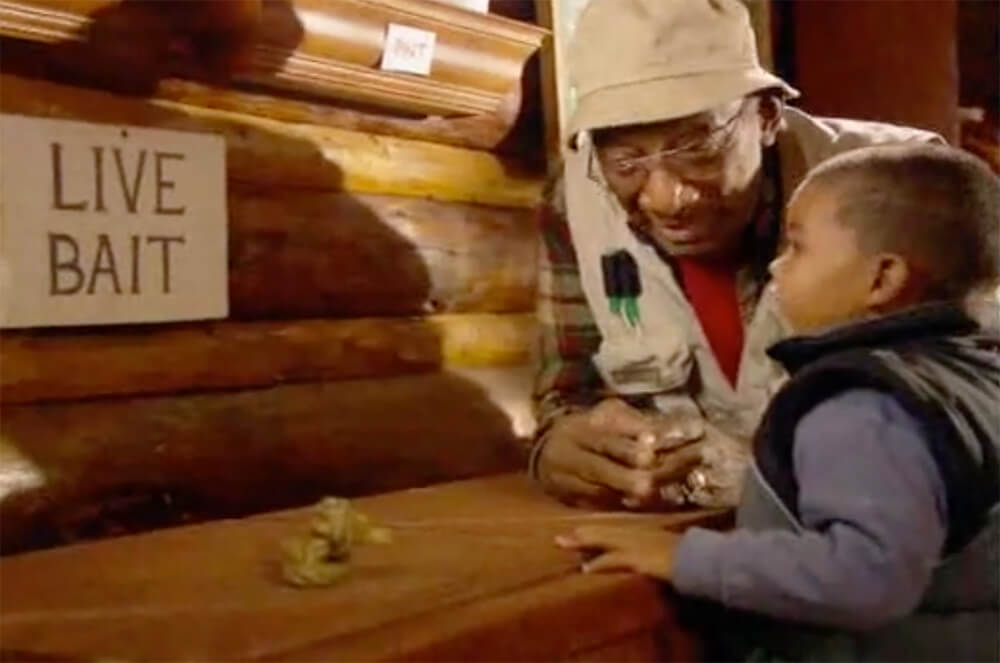Beginning at an early age, many children begin trying to understand the signs, labels, logos, and printed words they see regularly around them. They are not reading, but they are using their growing knowledge of the world and interaction with adults to give meaning to some of the familiar words they see.
Attachments:
References:
Clay, M. M. (1993). An observation survey of early literacy achievement. Portsmouth, NH: Heinemann.
Fingon, J. C. (2005). The words that surround us. Teaching Pre K-8, 35(8), 54-55.
Goodall, M. (1984). Can four-year-olds “read” words in the environment? Reading Teacher, 37(6), 478-482.
Goodman, Y. (1986). Children coming to know literacy. In W. H. Teale & E. Sulzby (Eds.), Emergent literacy: Writing and reading (pp. 1-14). Norwood, NJ: Ablex.
Hiebert, E. H. (1978). Preschool children’s understanding of written language. Child Development, 49(4), 1231-1234.
Kuby, P., & Aldridge, J. (2004). The impact of environmental print instruction on early reading ability. Journal of Instructional Psychology, 31(2), 106-114.
Teale, W. H., & Sulzby, E. (1986). Emergent literacy as a perspective for examining how young children become writers and readers. In W. H. Teale & E. Sulzby (Eds.), Emergent literacy: Writing and reading (pp. vii-xxv). Norwood, NJ: Ablex.
Westwood, P. (2004). Learning to read. In Reading and learning difficulties: Approaches to teaching and assessment. London: David Fulton.
Whitehurst, G. J., & Lonigan, C. J. (1998). Child development and emergent literacy. Child Development, 69(3), 848-872.

